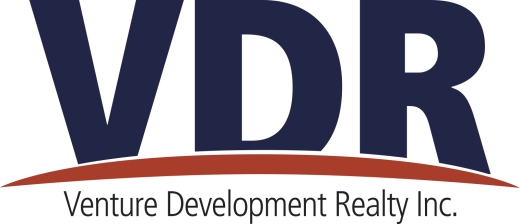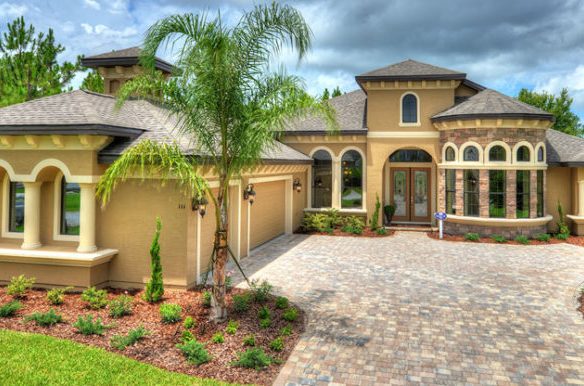Let’s Talk About Different Types Of Mortgage Loans:
1. A traditional loan
Conventional loans are not backed by the government and are divided into two categories: conforming and non-conforming.
• Conventional loans — A conforming loan, as the name implies, “conforms” to the Federal Housing Finance Agency’s (FHFA) set of guidelines, which include credit, debt, and loan amount. The conforming loan limitations for 2022 are $647,200 in most areas and $970,800 in higher-cost areas.
• Non-conforming loans — These are loans that do not fulfill the FHFA’s requirements. They may be for larger properties, or they could be offered to borrowers with bad credit or who have had major financial setbacks like bankruptcy.
Advantages of traditional loans
• It can be utilized as a primary residence, a second residence, or an investment property.
• Despite slightly higher interest rates, overall borrowing costs are lower than with other types of mortgages.
• Once you have 20% equity in your home, you can ask your lender to terminate your private mortgage insurance (PMI) or refinance to get rid of it.
• On Fannie Mae or Freddie Mac-backed loans, you can put as little as 3% down.
• Sellers can help with closing fees.
The disadvantages of traditional lending
• A minimum FICO score of 620 is frequently required (the same applies for refinancing)
• More money down than certain government loans
• A debt-to-income (DTI) ratio of no more than 43% is required (50 percent in some instances)
• If your down payment is less than 20% of the purchase price, you’ll almost certainly have to pay PMI.
• A substantial amount of documentation is necessary to demonstrate income, assets, down payment, and employment.
Who should apply for a traditional loan?
A traditional mortgage is likely your best option if you have good credit and can afford a significant down payment. For homebuyers, the 30-year, fixed-rate conventional mortgage is the most popular option.
To be continued:


